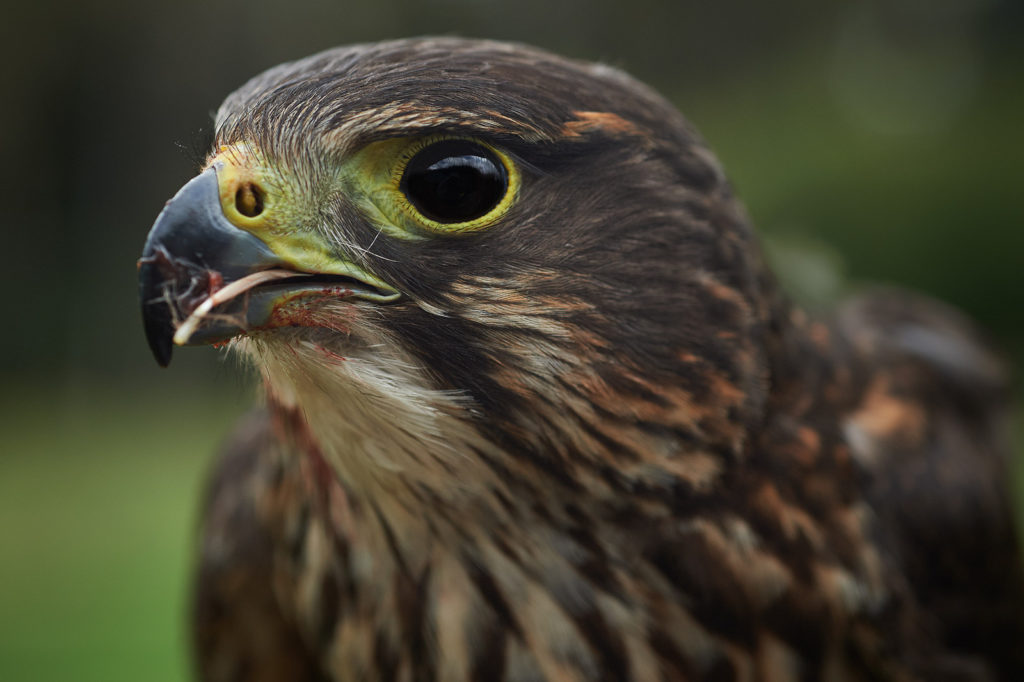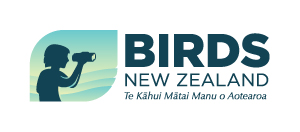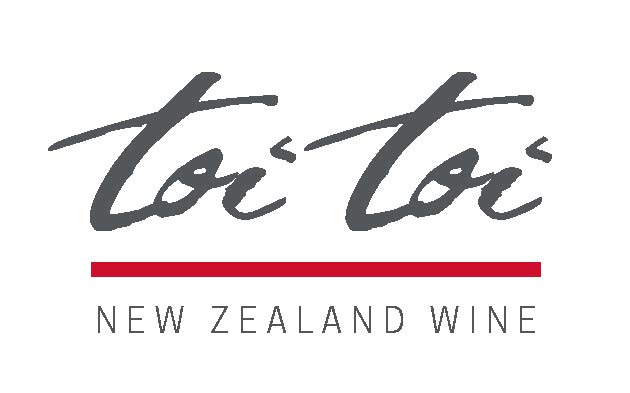NZ Bird Atlas Scheme

Birds New Zealand embarked on an ambitious five year project to map the distribution and abundance of all the country’s birds – The New Zealand Bird Atlas. The data collection period was run from 1st June 2019 to May 31st 2024.
This was the first snapshot of the status of our bird species for twenty years and built on the legacy of the Society’s two previous bird mapping projects ‘The Bird Distribution of New Zealand’ in which members mapped the distribution of the country’s birds. However, with recent advances in computer modelling the new New Zealand Bird Atlas utilises this and develops occupancy maps for individual species. These “heat maps” produce a more realistic visualisation of the current distribution and abundance of each species. In our previous projects this new modelling and mapping technology wasn’t available and is a significant advance in this Atlas.
Society members, friends and family were encouraged to cover the entire country recording all the birds they encounter. Records were collected on the Society’s internet-based bird recording scheme – eBird. The atlas had a dedicated eBird portal and mobile phone app so participants could record sightings directly in the field. Further, the use of a web-based recording scheme meant that real time updates were available, both of search effort, and bird distribution maps. This meant participants could track the project’s progress, and explore their favourite species’ current distribution. This advancement of previous Atlas projects also meant members were readily able to check for Atlas squares which have not been covered, and plan trips to such squares. Previous paper-based recording schemes have meant that such feedback was slow and hampered confirming complete coverage of the country. Again, with improvements in internet technology since the last Atlas, the eBird recording scheme ensured members were able to track progress in real time and helped to ensure all gaps in coverage were filled.
Unlike previous Atlas projects, when one record sheet per square was requested, participants were asked to submit a complete checklist for each habitat within a 10 x 10km square. Participants were free to choose where, and when they went birding, and for how long they spent birding. A complete checklist is simply a record of all the birds seen or heard during a specific recorded time period – so the length of observation can be determined by the observer – there is no set time. The only request was that when one moves from one habitat type to another, a new checklist was started. For example when you leave farmland and enter a patch of native forest, you finish one checklist, and start a new one inside the forest; or you leave a residential area and walk along the beach, you start a new checklist once on the beach.
During a period of unprecedented change in New Zealand, it was timely to undertake this. Modelling of the previous two Atlas schemes data has shown that many of our endemic and native birds have suffered significantly. With birds retrenching into the more remote back country areas. The reasons for this are varied, but intensive agriculture, urbanisation and climate change are all likely to be involved. At the 2018 Conference and AGM there was widespread interest in the Society become more involved in conservation issues. The New Zealand Bird Atlas gave members a chance to be involved in the country’s most significant conservation project for our birds. The results of New Zealand Bird Atlas will have a lasting impact on of birds, and will shape bird conservation for the next 20 years!
Articles from previous Atlas Expeditions are available here. A video summarizing year 1 of the Atlas project is available here. For more information, links, webinars and media releases visit the eBird Atlas Portal. You can also follow us on Facebook or Instagram to keep up to date with our latest findings.


